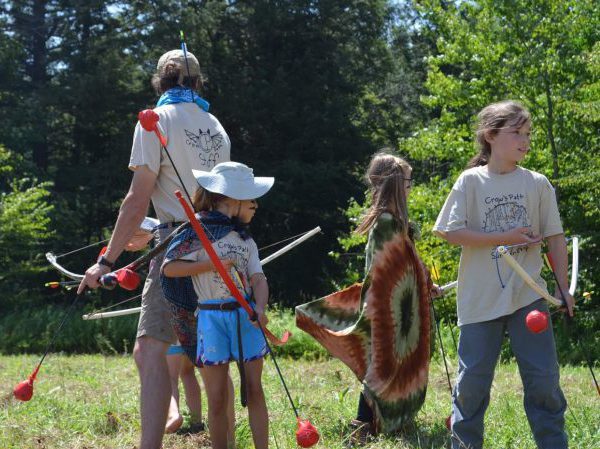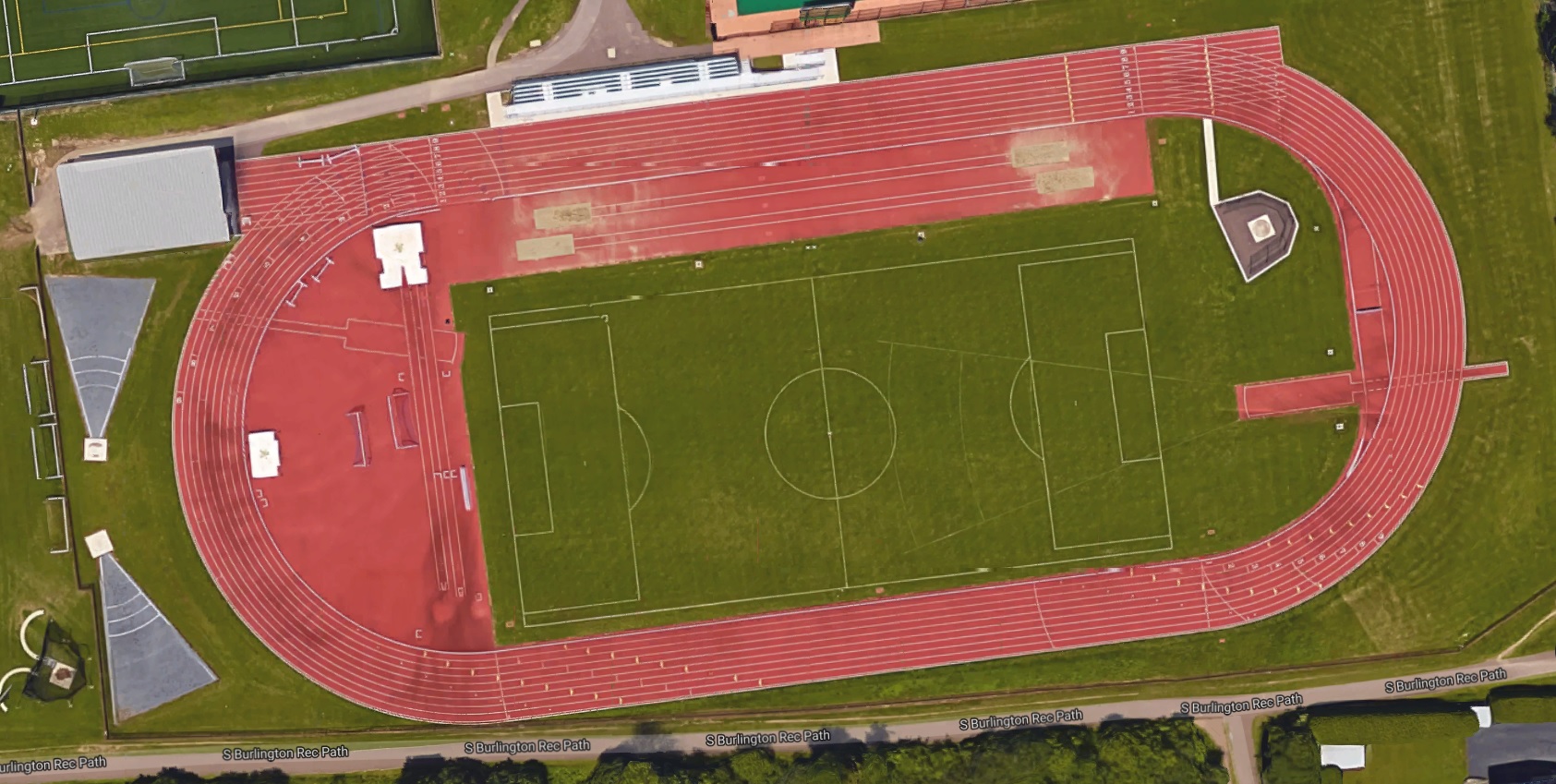Dig deep into a topic
The Wild Burlington Newsletter is a (mostly) weekly exploration of our wild world. We cover the natural, unnatural, bizarre, wondrous, and seasonally relevant. Each issue is published a couple weeks later here on our blog. Sign up for the newsletter to stay up-to-date on your wild neighbors. Explore one of the topics below or head to the archives for a look at the full catalog of back issues.
The Archives
Digging the natural history content?
Please consider supporting Crow’s Path on Patreon.
Be sure to check the archives for back issues.
And shoot me an email if you have an idea for a future blog post, newsletter issue, or podcast episode!
















